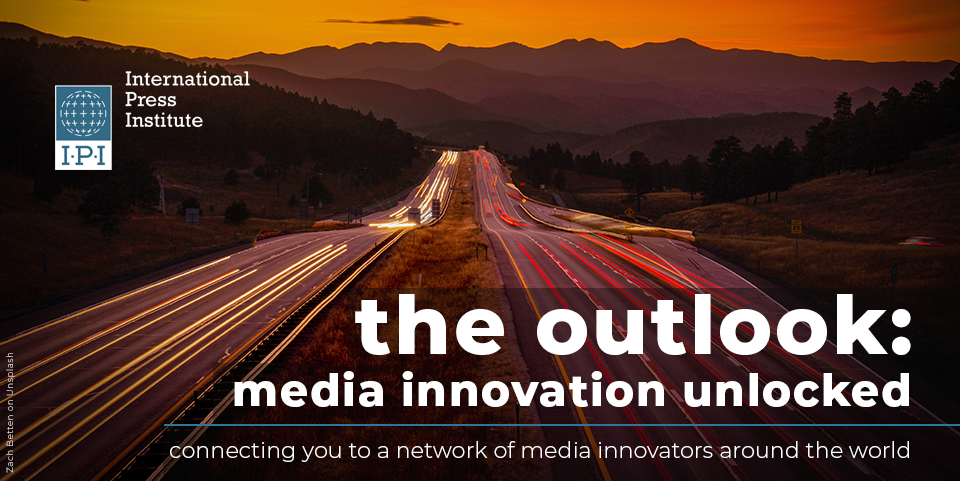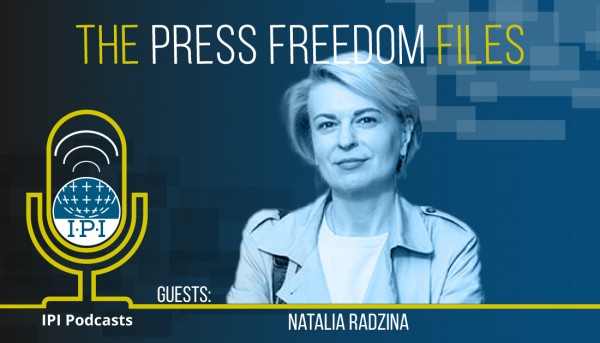This text comes from IPI’s newsletter The Outlook. Click here to receive future editions directly in your inbox.
This is The Outlook, IPI’s media innovation newsletter, where we take a look at strategies and tools for innovation and business development, and learn from newsrooms that are implementing them.
This week, we ask how to build community in environments where the process of reporting – and in some cases, engaging with independent media – is difficult or dangerous.
The challenge: Building community around your media when your readers face urgent challenges
For newsrooms operating in environments with threats to journalists and news consumers, ongoing conflicts or repressive regimes, community-building can feel like a luxury or impossible task.
Belarusian outlet Sojka summarizes their initial skepticism towards experimenting with audience engagement: “People won’t openly express their opinions in our comments, given the surveillance by intelligence services on social networks. Creating a community would likely yield few participants.”
There’s also the logistical side. It’s hard to strengthen ties if your organization lacks a physical newsroom, and especially if your team is reporting from exile elsewhere.
But audiences in these environments need trustworthy media that meet their needs. And when newsrooms are separated by necessity from the society they’re reporting on and for, audience engagement brings deeper insight that benefits their reporting.
Sojka and fellow New Media Incubator participants Backstage Belarus and Namir Media all report for niche audiences: young Belarusian women, Belarusian creatives and filmmakers, and Ukrainian Gen Zs respectively.
During their six-month collaboration with IPI, all three outlets were able to grow their online communities significantly while engaging deeply with their core audience.
 Sojka’s Instagram feed, showcasing their distinctive illustrations.
Sojka’s Instagram feed, showcasing their distinctive illustrations.
The solution: Adapt your goals and strategies to your context
In environments where a financial contribution to independent media can put individuals at risk, reader revenue might not be a reasonable aim. Backstage Belarus has received positive responses from the first paying members of their Patreon, where they share educational resources for their audience of creatives, but this isn’t yet a significant revenue source.
Even having a public community (a Facebook group for example) could be risky.
Sojka and Backstage Belarus set up closed communication channels for members, prioritizing members’ digital security. Backstage Belarus shares some of their educational content for free in this channel, building audience relationships and meeting the need for privacy. For Sojka, the community is a space to discuss their content and receive insight into audience preferences.
And Namir Media asked audience members about their preferences using a Google Form to ensure anonymity for participants sharing information about their political awareness.
Backstage Belarus hosted offline events for filmmakers in exile in Lithuania, doubling their community among the diaspora audience. This is just one example of how you can engage audiences outside your core community which still align with their mission – think about the ways Ukrainian media engaged international audiences after the full-scale Russian invasion.
Sojka took a different approach: with a team spread across four countries, events didn’t make sense. They looked back at their USP, and realized that a core part of their brand and appeal is their visually engaging illustrations, which led them to send postcards made from their most popular illustrations to their community members.

Here’s how Sojka explains their approach: “Instead of overthinking, we launch our innovation and see what happens. If something goes wrong, we fix it and try again. And if it doesn’t work out, we move on to something else right away.”
News from IPI’s Media Sustainability Team
There are just two weeks to go until the Media Innovation Festival, part of IPI’s World Congress. The event is taking place from May 22-24, with panels and workshops addressing questions such as physical and digital security in newsrooms, developing an AI strategy, audience engagement strategies, and identifying new revenue streams. It’s possible to watch the sessions online – use #IPIWoCo to join the conversation!
Funding opportunities for media
There is a May 9 deadline for entries to the Online News Association’s 2024 Online Journalism Awards recognizing excellence in digital reporting. There are several categories including Excellence in AI Innovation, Excellence in Social Media Engagement, the Gather Award in Community-Centered Journalism and more. Entries are paid, with reduced fees for students, micro newsrooms and ONA members.




